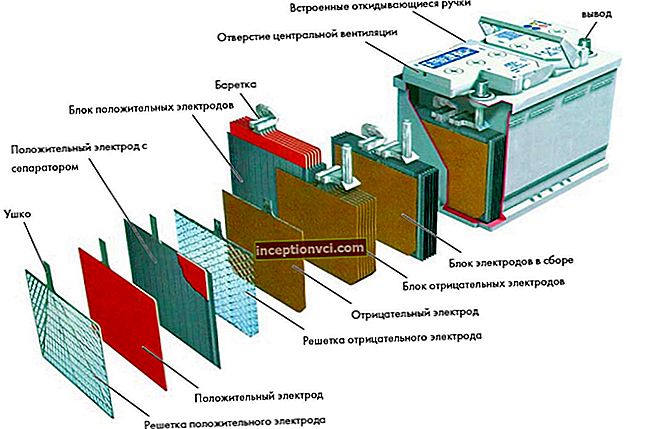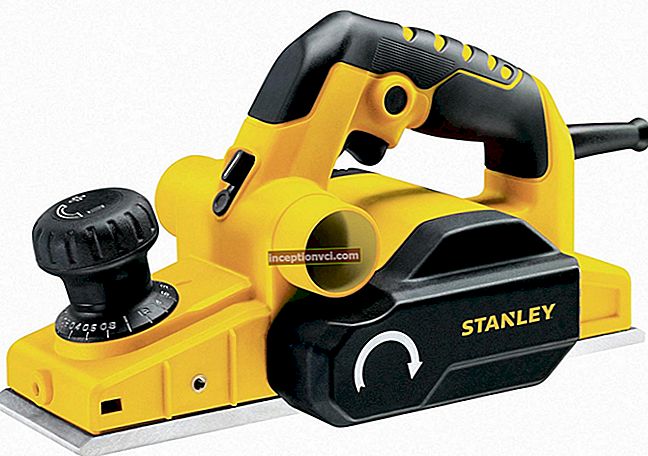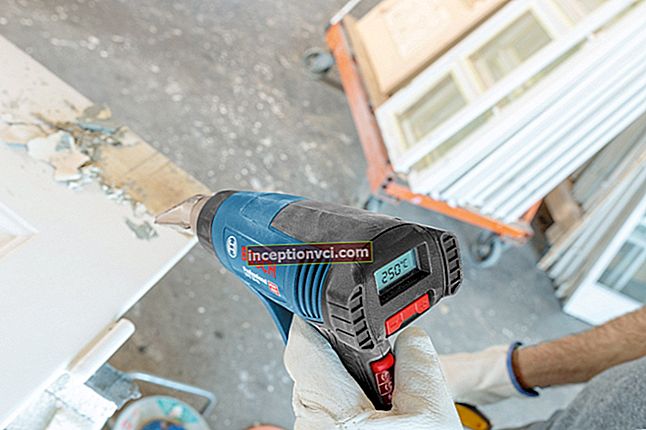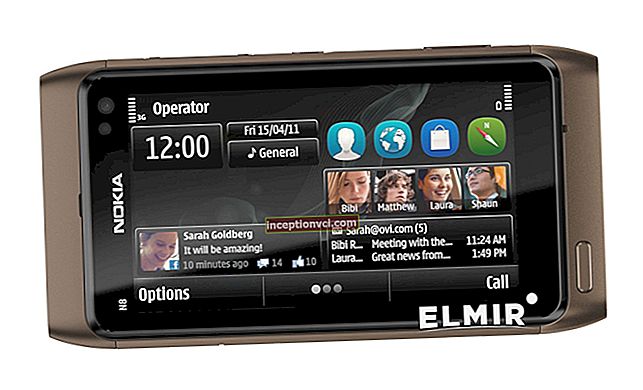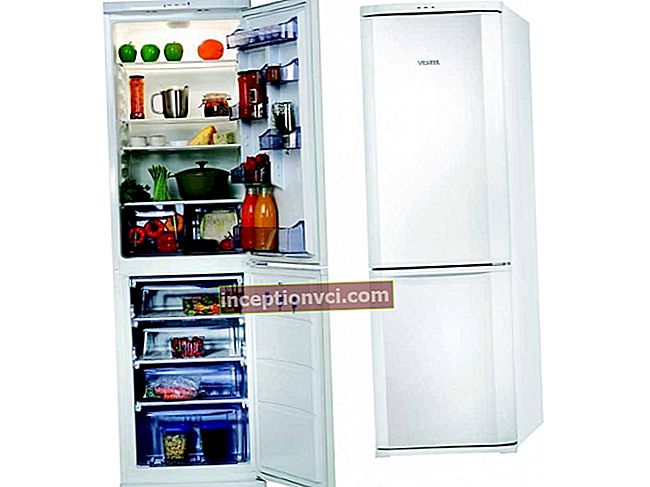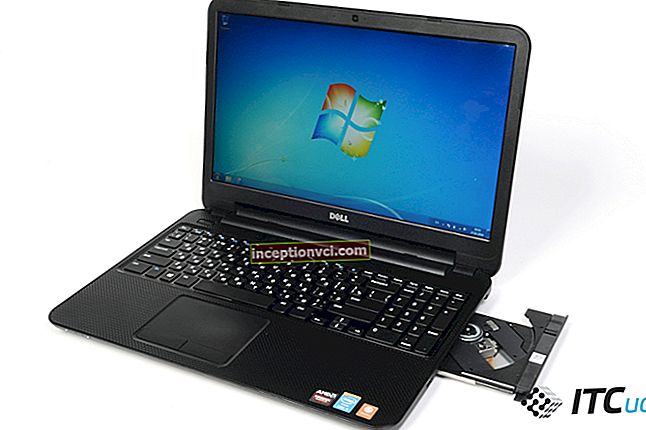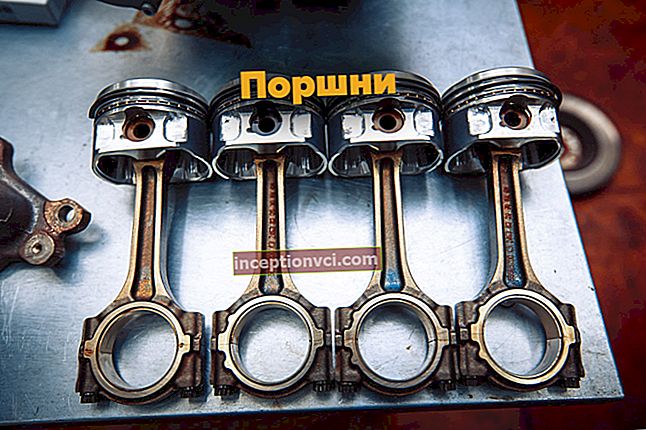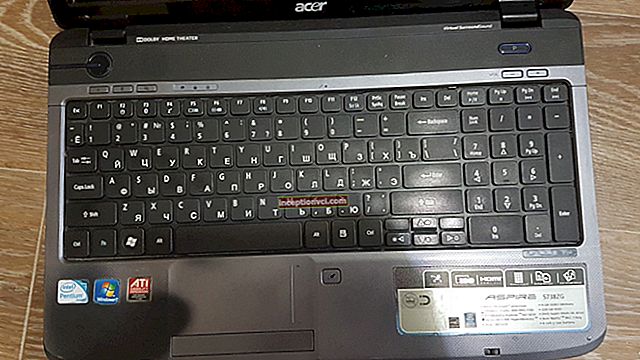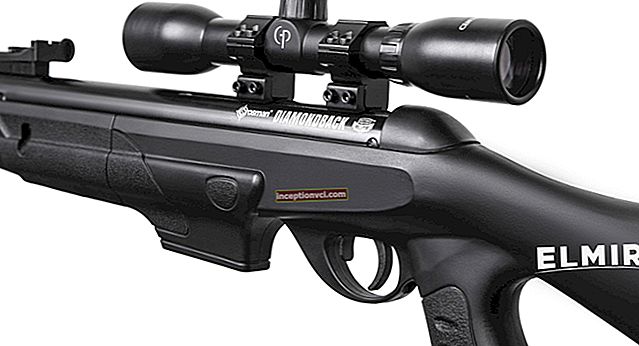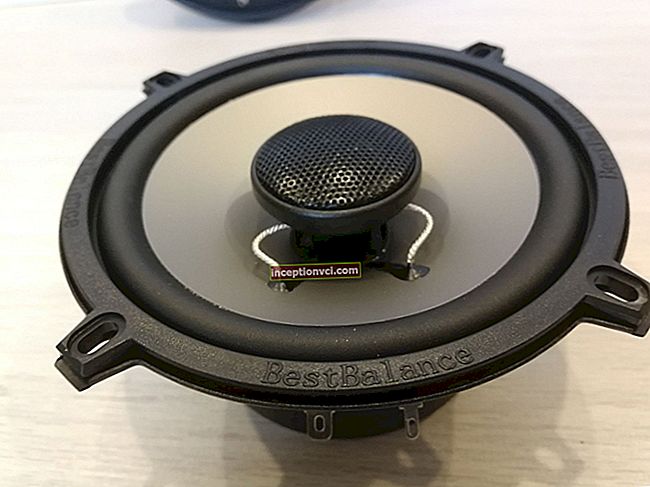The Sony NEX-3N is one of the smallest cameras in the family of APS-C mirrorless cameras. In terms of miniaturization, only Samsung NX2000 can compete with it, which has a slightly larger screen, but has less weight.
Sony NEX-3N belongs to the entry-level representatives. This leads to more modest equipment compared to older models. Despite the maximum simplification of the design and relatively small functionality, it allows you to obtain images of very high quality. This is the merit of the large matrix, the physical dimensions of which are 23.5 x 15.6 mm, and the resolution is 16.1 megapixels. Therefore, with the main task of any camera, which is to create pictures, this baby will cope perfectly.

The cardboard packaging in which the Sony NEX-3N comes to retail chains is decorated using color printing. White is predominantly used as a background. Photos of the camera body and the detached lens look very impressive on it. The packaging is very informative, the amount of text information allows you to get a complete picture of the camera inside and the set of accessories included in the kit. The box is small, which immediately speaks of the compactness of the Sony NEX-3N.
The inner space of the package is divided into two vertical sections. At the top is a solid package of paper documents. The most interesting for the user are the warranty card and the voluminous instruction manual.

The bottom section is separated from the top by a cardboard lid. In addition to the camera, with the lens already installed, there is a USB cable, charger, battery, software disc and shoulder strap. This is quite enough to start working with the camera, you just need to insert a memory card.
The camera, without a lens, measures 110x62x35 mm and weighs 269 g. Of course, the actual dimensions strongly depend on the used optics. By attaching an adapter and a large telephoto lens, you can get a very impressive design.
At first glance, the Sony NEX-3N can be recognized as a representative of the NEX line. Nevertheless, the younger model has original features. In addition to being compact, it received a built-in flash, but it lost the viewfinder, hybrid autofocus, there is no mode selector and wireless modules. In addition, the owners of this camera will not be able to use additional accessories, since the corresponding connector on the body is not provided. There are other differences, but they are not so obvious.

The Sony NEX-3N case is made of high quality plastic. There are also metal parts and rubber inserts. Buyers have the option to choose black, white or pink color for the camera. The build quality is not bad, there are no backlashes or creaks. Nevertheless, those who like to find fault will be able to find a few imperfect joints in the joints of the case.

On the top panel there is a "Shutter" button, which is combined with the power switch and the zoom control. To the left of it are the button for viewing the footage and a flash lamp. Stereo microphone holes are visible to the right and left of the flash. The upper location of the sound sensors is more suitable for recording the words of the operator himself than for the events recorded by the camera. Unfortunately, this problem cannot be solved with an external microphone, as this accessory is not supported. A similar situation with the support of the viewfinder and external flash lamp.

The bottom panel contains the battery cover, speaker and metal tripod socket. The Sony NEX-3N comes with a 1080mAh NP-FW50 rechargeable battery.This reserve is enough for the camera for more than 400 shots, which exceeds the average for the mirrorless class. If you have a long photo session ahead of you, spare batteries will not be superfluous. In addition to expensive original batteries, there are analogues from third-party manufacturers on the market, for example EuroDigital NP-FW50, PowerPlant NP-FW50 or Lenmar DLZ307S.

The memory card can be changed without removing the camera from the tripod, since its slot is located on the left side of the case, under the cover. There are also two connectors: micro-HDMI and micro-USB. Pay attention to the possibility of charging the battery via the USB interface.

Most of the rear panel is occupied by a swivel screen. The diagonal of the TFT monitor is three inches, and the resolution is 460 800 pixels. It has a fairly high brightness and good color reproduction. The capabilities of the device are quite enough to ensure comfortable work with the camera when shooting and viewing materials recorded in the memory. The swivel mount allows the display to be rotated vertically up to 180 degrees. This solution has both positive aspects and disadvantages. It will surely appeal to those who like to photograph their own person.

Especially for them, when the monitor is fully rotated, the automation activates a three-second timer and takes several frames with the subsequent selection of the best one. This function, as conceived by the creators of the camera, should help in creating a high-quality self-portrait. But if it turns out to be not too appropriate, then this mode can be turned off. But shooting with the camera up over your head is no longer so easy with the new display design. The only way out can be found by turning the device upside down.

Above the display are buttons for activating the flash and starting video recording, as well as a rubberized "handle" designed to rest the thumb. On the right are two soft keys, between which is a five-way key surrounded by a turntable. As you can see, the controls are minimized. While more advanced models compensate for the limited number of touchscreen buttons, in the Sony NEX-3N, the necessary settings need to be changed exclusively through the menu. The simplified interface will surely delight beginners, but more experienced users who are accustomed to quickly changing camera settings can be seriously disappointing. However, the model in question is not intended for tough pros.
The front panel of the camera houses a SonyE mount and an autofocus lamp. The bayonet is equipped with a special button with which you can detach the lens. On the right side there is a rubberized projection that acts as a handle.

On the right side is a single shoulder strap eyelet. The second copy is located on the left side of the case.
The Sony NEX-3N, while severely limited compared to other members of the NEX line, is equipped with a similar APS-C sensor. Its resolution is 16.1 megapixels, the photographic characteristics of the sensor do not differ from the parameters of more expensive models.
The camera demonstrates a high speed of work. A second is enough to turn it on, there are no problems with image processing, including applying filters and stitching panoramas, the shutter lag is minimal.
Serious problems are observed only with continuous shooting. It is impossible to count on more than 2.5 frames per second, and in none of the modes. Combined with a small clipboard that can hold up to 9 JPEG frames or up to 5 RAW frames, this doesn't make a very good impression. In terms of burst shooting, the NEX-3N is seriously inferior to older models and some competitors.
The camera uses contrast autofocus. Twenty-five points cover almost the entire frame area. Autofocus speed is average, the latest generations of Panasonic and Olympus are noticeably faster than the model in question, as well as older Sony brothers.
Considering the slow burst speed and not the fastest autofocus, the NEX-3N cannot be ranked as a reportage camera, even an amateur one. But for simpler activities, the speed is quite sufficient. There is tracking focusing. The front lens ring can be used for manual focusing, which greatly facilitates operation.
There is no stabilizer in the camera, but this circumstance is compensated by a large selection of optics with built-in stabilization.

Built-in flash is standard. Its guide number is 6, and the sync time is 1/160 s, and the recharge time has been reduced from four to three seconds. It is possible to deflect the light flux upwards, but for this you have to hold the flash with your finger.
The NEX-3N offers standard P / A / S / M modes, two automatic modes that differ in the presence of custom settings, multiple scene modes, and a panorama mode. Creative filters are activated via the menu, video shooting is activated by a separate button. Switching between modes occurs through a special menu, familiar from other cameras in the NEX series.
2x digital zoom is activated when the upper optical limit is crossed, and the transition is not accompanied by a pause. You cannot turn off digital zoom, but it does turn off with telephoto lenses.
Creative filters are standard on Sony cameras. They are a set of 12 customizable filters, plus several color profiles.
The camera can automatically and quickly stitch panoramas, including 180-degree panoramas. There is no support for 3D panoramas.
The rest of the software capabilities can also be found in many modern Sony cameras. This is software-based dynamic range adjustment and anti-blur by combining six frames. It is possible to eliminate skin imperfections by activating the "Soft Skin" mode, to carry out automatic framing of a portrait and a self-portrait. In addition, exposure and white balance bracketing is available to the user.
Video filming is implemented at a modern level. FullHD video recording is available in MP4 and AVCHD formats, with stereo sound. Supports manual settings and creative filters, while shooting, it is possible to activate tracking autofocus. The quality of the resulting video is high, it is quite enough for amateur needs.
Finally, let's move on to the most interesting part, the photo quality review.
The Sony NEX-3N is equipped with an E PZ 16-50mm kit lens with electronic zoom. Its dimensions are closer to fixed focal length lenses than to representatives of zoom optics. Since a novice photographer, for whom the heroine of the review is designed, will have to work with whale optics (at least at first), testing was carried out exclusively with this lens.

These are relatively weak optics, the main advantage of which is their compact size. Other advantages of the lens include good sharpness, including with a fully open aperture, a decent picture, and the presence of a built-in stabilizer. There were also some drawbacks. First of all, you notice not very successful, in terms of ergonomics, design, as well as a relatively slow focus. Over time, there are problems with dust, which is stuffed under the retractable tube. Good software processing eliminates problems with vignetting and chromatic aberration, but it can no longer cope with geometric distortion at a wide angle. Similar optics for Micro Four Thirds, from Panasonic and Olympus, make a much better impression, however, and are much more expensive.
Working in automatic modes yields good results, and the correct exposure assessment is a pleasant surprise. Automation is more inclined to manipulate ISO parameters, limiting the limit of sensitivity to ISO 6400 than to lengthen the shutter speed.For a camera without a built-in stabilizer, but with a good light sensor, this is quite logical. In difficult lighting conditions, there are mistakes with setting the white balance, but in general, the electronic filling does an excellent job.

The matrix allows you to get high-quality images at high values of light sensitivity. The range up to ISO 3200 can be safely considered working, even at ISO 6400 you can get good photos. The only remark regarding the characteristics of the sensor concerns the high value of the lower threshold of photosensitivity, namely ISO 200. However, in this case it can hardly be called a drawback.

You cannot completely turn off noise reduction, you can only adjust its activity by choosing low or normal. Noise reduction effectively, but quite accurately affects the quality of the picture.
In terms of color rendition and detail, the NEX-3N shows excellent results. When the Dynamic Range Optimizer function is activated, the dynamic range is significantly expanded by software methods.
If we take into account the quality of the images provided by the matrix, without the influence of the optical parameters, then the NEX-3N can be considered one of the best offers in the budget price category. This camera allows you to get great quality photos, and with them valuable hands-on experience. The ability to change lenses to suit shooting conditions, excellent light sensitivity and small size make the NEX-3N an indispensable companion for both daily activities and leisure.
